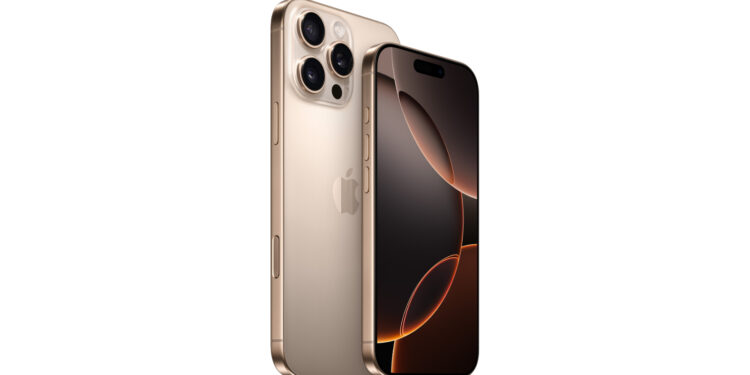The iPhone 16 Pro and iPhone 16 Pro Max are Apple's latest top-of-the-line models and offer some interesting new features. Repair website iFixit recently published a detailed teardown of the two devices, pointing out some notable differences and technical subtleties.
The teardown from iFixit offers exciting insights into the inner workings of the iPhone 16 Pro and iPhone 16 Pro Max. While some repairs have become easier, there are also areas where Apple has retained traditional approaches. iFixit gave it a repairability rating of 7 out of 10, reflecting some of Apple's design decisions.
Battery removal: No simplification like with the iPhone 16
Apple has developed an innovative method for removing the battery for the iPhone 16 and iPhone 16 Plus introduced, which uses electricity to release the adhesive. However, this method has not been carried over to the iPhone 16 Pro and iPhone 16 Pro Max. Instead, Apple continues to use stretch-release adhesive as used in previous models. Despite this conservative approach, the iPhone 16 Pro can now be opened via the back, which minimizes the risk of damaging the display.
metal battery casing on the iPhone 16 Pro Max
One interesting point that iFixit brings up is the metal encasement of the battery on the iPhone 16 Pro Max. While the iPhone 16 Pro has only a simple metal cover, the Pro Max's battery is completely encased in metal. The reason for this design decision remains unclear and iFixit calls this difference "puzzling."
Improved accessibility of the LiDAR scanner
On the iPhone 16 Pro, the LiDAR scanner has been repositioned to make repairs easier. In previous models, it was located under the main camera, making it difficult to access. Now it is more easily accessible, allowing for a faster and easier repair.
Changes to the mmWave antenna
Apple has changed the position of the mmWave antenna to make room for a new camera control button. The antenna is now located in a hollowed-out area near the top of the device. However, the iPhone 16 Pro's titanium frame could affect the mmWave signal, which could pose a challenge for 5G users.
USB-C port: Easier to remove but no spare parts
One positive innovation is the simplified removal of the USB-C port. Nevertheless, iFixit points out that Apple does not sell replacement USB-C ports, which could pose a hurdle for DIY repairs.
Easily removable logic board
The logic board in the iPhone 16 Pro can be easily pulled out by removing the top speaker unit. This design change makes it much easier to replace important components such as modems or other internal components.
Qualcomm SDX71M modem instead of the expected X75
Rumors suggested that the iPhone 16 Pro would feature the Qualcomm X75 modem. Instead, Apple is using a customized Qualcomm SDX71M modem, which is an evolution of the SDX70M modem found in the iPhone 15 Pro models.
iPhone 16 Pro: Traditional approaches meet improved repairability
The iFixit teardown of the iPhone 16 Pro and Pro Max shows that Apple is abandoning some of the innovative approaches introduced in the iPhone 16 and 16 Plus in the Pro models. What is particularly noticeable is the abandonment of the new battery removal process. Despite these conservative decisions, Apple has designed the device to be easier to repair overall. With a rating of 7 out of 10, iFixit shows that repairability has improved, although there is still room for improvement. So if you're considering buying or repairing an iPhone 16 Pro, this model offers some useful improvements that could make your life easier. (Image: Apple)





